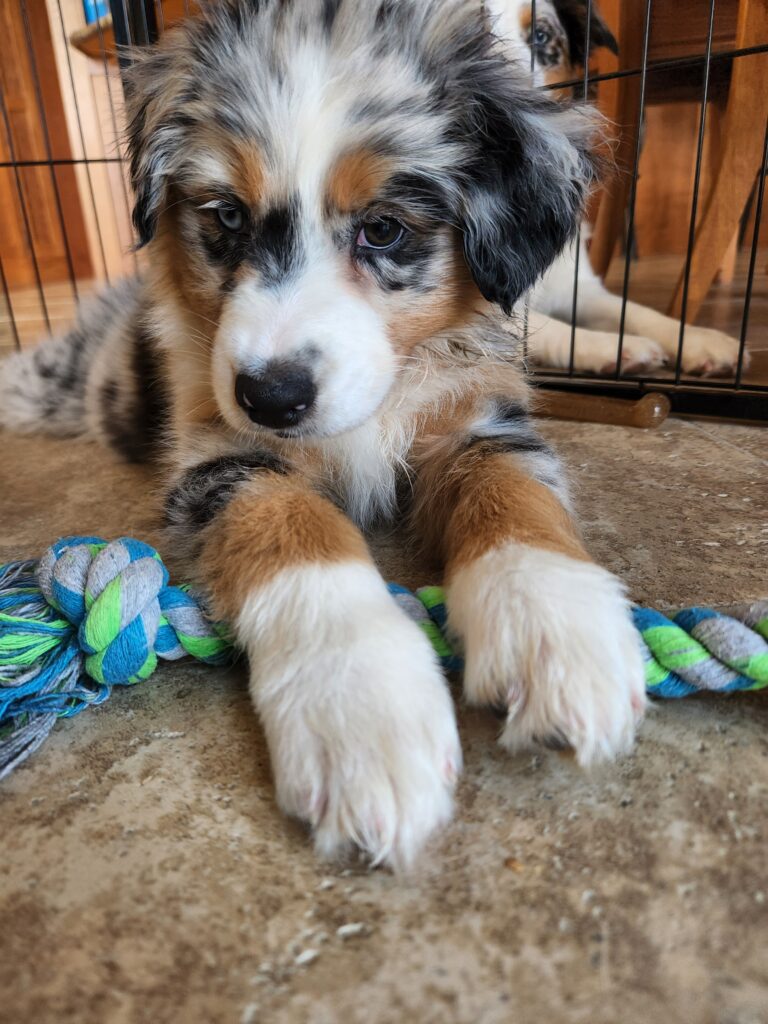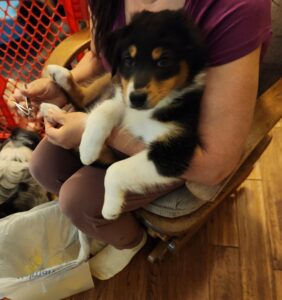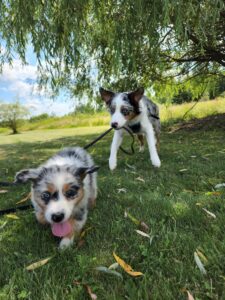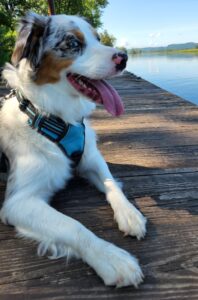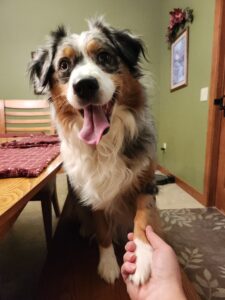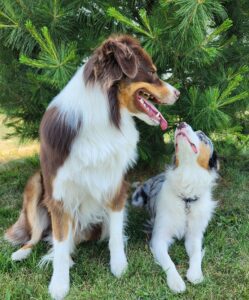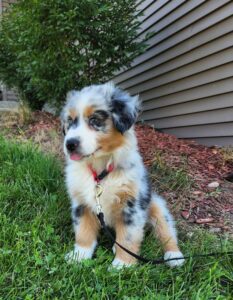Welcoming a new puppy into your home is an exciting time filled with joy and anticipation. However, it’s essential to ensure that your puppy is safe and protected in their new environment. From electrical cords to toxic plants, there are numerous hazards that puppies can encounter both indoors and outdoors. By puppy-proofing your home, you can create a secure space where your puppy can explore and play without risk. In this comprehensive guide, we’ll explore essential tips and strategies for puppy-proofing your home to keep your newest family member safe and happy.
Indoor Puppy-Proofing Checklist:
- Chemical Storage: Store cleaning supplies out of reach and secure medications to prevent accidental ingestion. Consider using childproof latches on cabinets containing hazardous substances.
- Choking Hazards: Remove small items such as coins, buttons, and jewelry from your puppy’s reach to prevent choking. Keep floors clear of small toys or objects.
- Dietary Caution: Avoid feeding your puppy scraps from the table, as many human foods are toxic to dogs, including chocolate, raisins, and sugar-free gum containing xylitol. Ensure garbage cans are securely closed to prevent access to spoiled or harmful items.
- Electrical Safety: Secure or conceal electrical cords to prevent chewing and the risk of burns or electric shock. Use cord protectors or coverings to prevent access to outlets.
- Plant Protection: Relocate poisonous houseplants to reduce the risk of ingestion. Research pet-safe plants and consider adding them to your home instead.
- Sharp Objects: Store sharp objects like knives, scissors, and sewing needles safely out of reach to avoid injuries. Consider using drawer locks to secure potentially hazardous items.
- Toilet Safety: Keep toilet lids closed to prevent accidents and discourage drinking from the toilet. Drop-ins can be toxic and you might consider using toilet locks to prevent access.
- Trash Can Security: Use secure trash cans with lids or locking mechanisms to prevent access to harmful or spoiled items. Keep trash cans in cabinets or closets when not in use.
- Window and Door Precautions: Keep windows and doors closed to prevent escapes or falls, and secure blind cords to avoid entanglement. Install window screens to prevent falls from open windows.
Outdoor Puppy-Proofing Checklist:
- Chemical Avoidance: Avoid using chemical treatments in outdoor areas, as they can pose a risk to your puppy’s health. Consider using natural alternatives for pest control.
- Designated Bathroom Area: Designate a specific area for your puppy to relieve themselves in the yard. Using designated potty areas encourage appropriate bathroom behavior. Regularly clean up after your puppy to prevent them from ingesting feces. Use poop bags or a pooper scooper to dispose of waste properly.
- Fencing: Install a secure fence around your yard to prevent escapes, ensuring it is high enough to deter jumping and without any gaps for squeezing through. Check for loose boards or gaps in the fence that your puppy could escape.
- Heat Protection: Provide shade and cool water during hot weather and limit outdoor time during extreme temperatures. Avoid exercising your puppy during the hottest parts of the day. Be careful to check any pavement your dog may walk on in high temperatures. Burns may occur on their paw pads.
- Lawn Maintenance: Keep the lawn trimmed to reduce the risk of ticks and other hazards. Remove debris and clutter from the yard regularly to prevent accidents.
- Plant Safety: Remove toxic plants from your yard to prevent accidental ingestion. Be aware of common toxic plants such as lilies, azaleas, and sago palms.
- Pool Safety: Install a fence around in-ground pools to prevent accidental drowning. Consider using pool covers or alarms for additional safety.
- Supervision: Always supervise your puppy outdoors to ensure their safety from hazards and predators. Use a leash to prevent wandering and keep your puppy close by.
- Training and Socialization: Invest in obedience training and socialization to teach your puppy commands and proper behavior around people and other animals. Enroll in puppy classes or work with a professional trainer to develop good habits early on.
Conclusion:
Puppies rely entirely on their owners for protection and guidance, making their safety the utmost priority. While it’s a significant responsibility, the joy and companionship they bring make it all worthwhile. By following this comprehensive guide to puppy-proofing your home both indoors and outdoors, you can create a safe and nurturing environment where your puppy can thrive.

